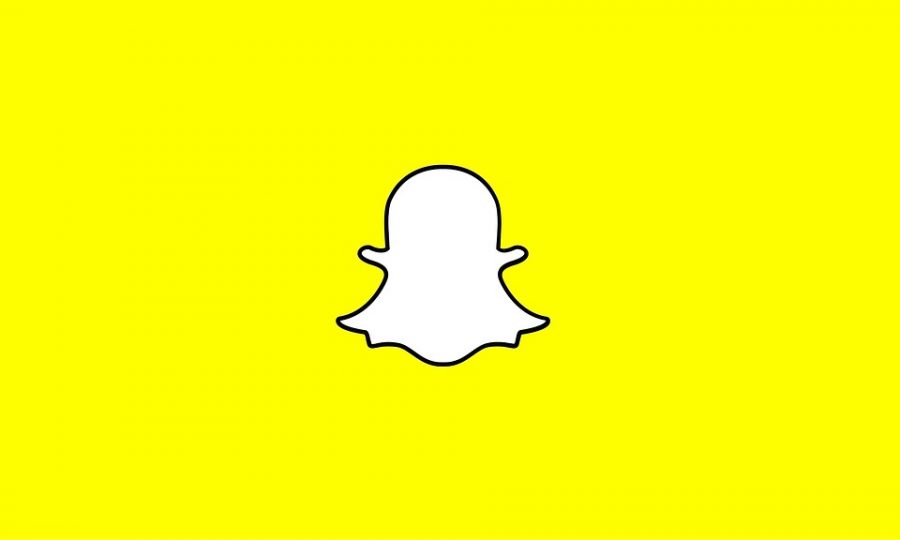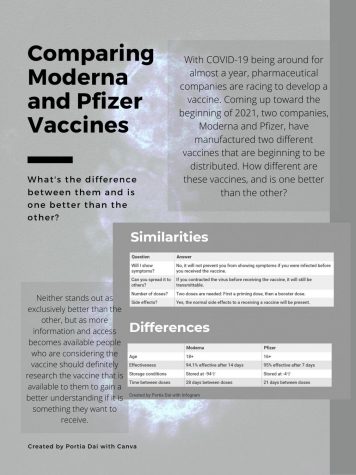Snapchat in Moderation
Snapchat: The app that connects us all, the service that spams our notification trays daily, and the most used application on our phones. Snapchat’s integral part in not only our society but also our independent lives may seem unimpeachable at first glance but its toll on the mind is concerning among further investigation. As a Snapchat user myself, I’ve been putting a lot of thought into the ways Snap Inc. keeps its users locked into their app. Perhaps the most blatant example of an addictive component inside Snapchat is the prominent role of streaks.
I’m almost certain you know what a Snapchat streak is but if you don’t here is the just of it: If you send a friend a picture and they send one back to you each day for three consecutive days, then a little three shows up next to their name. If the two users send at least one picture to each other the next day than the number increases to four and then five and so on. Snapchat users pride themselves on the highest streaks they hold and check into Snapchat daily just to send photos to keep their streaks. The streak is a large part of the Snapchat experience and it keep users coming back for more everyday to bump their streaks up another day. Keeping streaks is enough to retain many of Snapchat’s 150 million daily users invested but for those that attempt to move closer to using Instagram or Twitter to contact their friends, it’s Snapchat’s notifications that draw them back in.
Not only Snapchat, but most other social media’s addictive aspects spur from the notifications they push to users. Dopamine is the chemical in the mind that controls pleasure sensors and our reward motivating behaviors. Social media takes advantage of the way dopamine is used in the mind beginning with the notification. When you get a Snapchat notification from your friend, it feeds into the primal necessity for humans to socialize with each other so you click on it. Once you’ve clicked on the notification and responded to the original message brought to your attention by the notification, then it’s likely that you’ll continue scrolling through your snaps and responding to more friends. After the initial dopamine hit from the notification and responding to that friend you are in the app scrolling and responding to snaps because your brain craves more dopamine and socialization. That first dopamine hit from the notification is the one that moves you into the stronger hit of responding to multiple other friends in your feed. Once you’ve used Snapchat for long enough it becomes something that you subconsciously need.
Snap’s notifications are also vary uncustomizable for good reasons. Users have no control over the type of notification they get or the sound the notifications make. This may seem like just an inconvenience until you see how many notifications the app pushes and the different types there are. Snapchat takes any opportunity to send you a notification. For example they send “typing notifications” not for when a friend sends you a message, but for when they begin typing their message just to get you into the app and begin responding to snaps. My next point could be construed as speculation but I feel that the notification sound that Snapchat uses is important to the way it called users to action in the app. To me the noise resembles the sound of water dropping into water, a sound we hear naturally in daily life. The sound of water flowing can be misconstrued as a notification from Snapchat and cause users to check their phones or even open the app. Again this final point on notifications is the most stretched point in the paragraph, but I believe Snap Inc. put some thought into the sound their notifications make and how they can get people to check their phones more often.
The control Snapchat had over my mind occurred quickly with regular use but the damage was gradually undone when I realized the addictive behaviors Snapchat created in me. After valuing my mental health over sending pictures of my face to my friends, I disabled notifications. Once I stopped the initial dopamine hit from occurring, the way I looked at Snapchat changed. Because I was know longer brought into the app on urges my mind was giving me, I know longer felt socially inclined to respond to snaps. When I see friends on Snapchat I see the addictive behaviors I portrayed in the paragraphs above and I hope that they look deeper into what they are doing when they act on a Snapchat notification. The way I use Snapchat now is how I belive it should be used by all people that value their mental health, in moderation.

Starting my fourth year in journalism I plan to cover student athletics and technology news. The school newspaper has provided a great community of writers...








Jason Badger | Apr 12, 2018 at 3:50 pm
This is my favorite article you have ever written besides the one about the sophomore capstone in which I was featured in. This article really brought to my attention what Snapchat can do to my brain and my mental health. Also, it’s then, not than. I can relate to you when you say you value your mental health as I always make sure I am on a safe track. Great vocabulary.